The history of the United States is a multifaceted narrative that reflects the struggles, triumphs and transformations of a nation. From its indigenous roots to its status as a global leader, the U.S story is rich with diversity and complexity.
Early History and Indigenous People
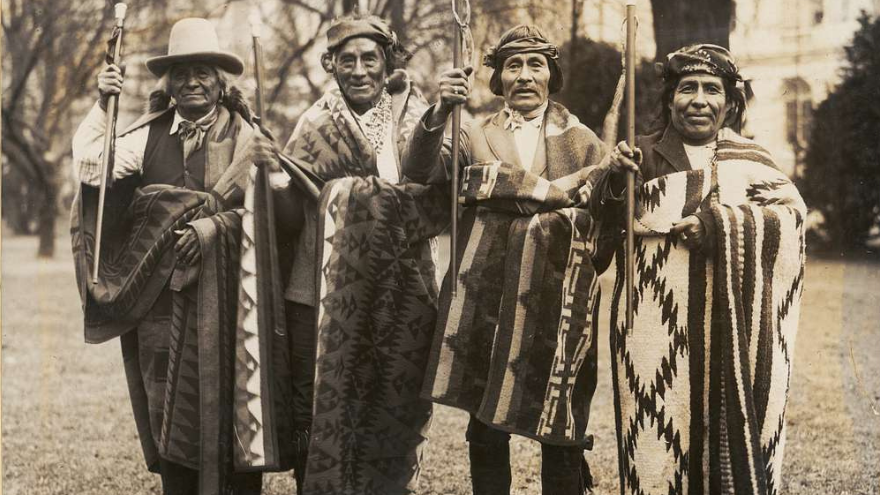
Early History and Indigenous People
Before European contact, North America was home to a multitude of Indigenous cultures. These societies were diverse with distinct languages, religions and social structures. Major groups included.
Iroquois Confederacy:
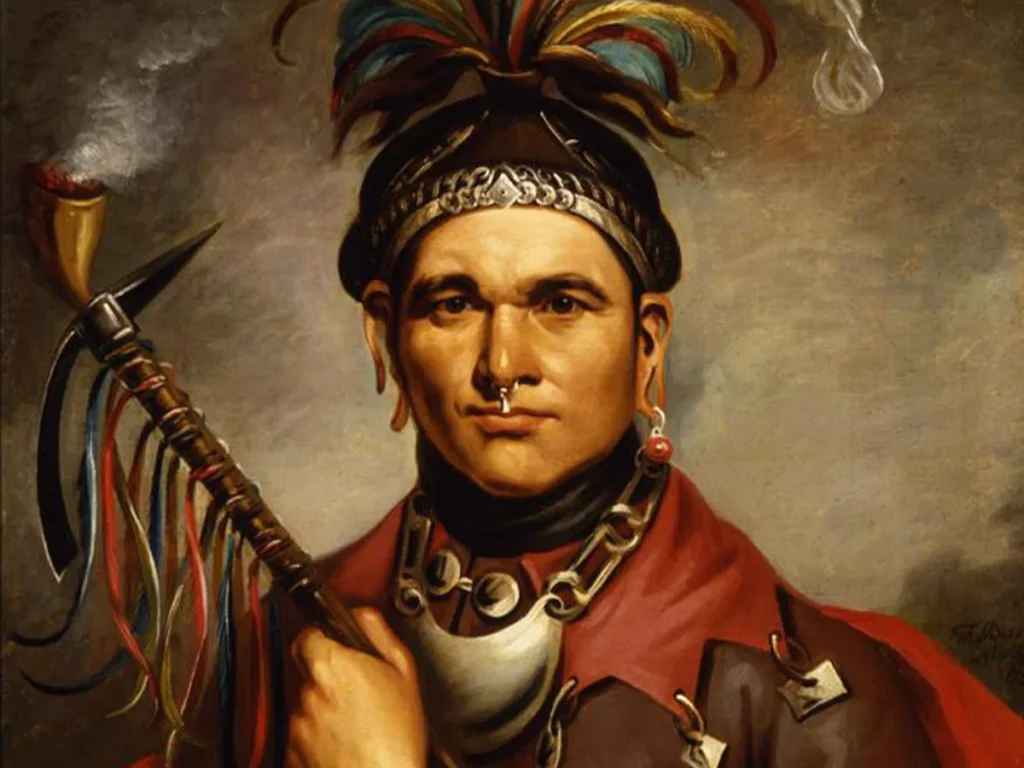
Political System:
The Iroquois Confederacy, also known as the Haudenosaunee is renowned for its sophisticated political system which served as a model for democratic governance. Formed in the 15th century, it united six nations: The Mohawk, Oneida, Onondaga, Cayuga, Seneca and later the Tuscarora. The Confederacy operated through a council of representatives from each nation, emphasizing consensus-building and collective decision-making.
Cultural Significance:
The Iroquois played a crucial role in regional trade and diplomacy, leveraging their political unity to negotiate with European settlers. Their Great Law of Peace established principles of governance that influenced the development of democratic ideals in the United States.
Sioux Nation
Nomadic Lifestyle:

The Sioux Nation, comprising groups such as the Lakota, Dakota and Nakota, is renowned for its nomadic lifestyle cantered around buffalo hunting. The Sioux followed the vast herds of buffalo across the Great Plains, relying on them for food, clothing, and shelter.
Cultural Practices:
Their culture is rich in oral traditions, music, and dance, with spiritual beliefs deeply intertwined with the natural world. The Sioux are known for their warrior culture and resistance to encroachment by settlers, particularly during the 19th century conflicts such as the Dakota War and the Battle of Little Bighorn.
Pueblo People

Pueblo People
Adobe Dwellings:
The Pueblo Peoples, primarily located in the South Western United States are famous for their adobe dwellings, which are constructed from sun-dried mud bricks. These multi-story structures often feature intricate designs and were typically built around communal spaces.
Agricultural Practices:
The Pueblo peoples practiced advanced agricultural techniques, including dry farming and irrigation, cultivating crops such as maize, beans and squash. Their societies were organized around clans, and they engaged in trade with neighbouring tribes showcasing a rich cultural heritage that includes pottery, weaving and ceremonial practices.
European Colonization
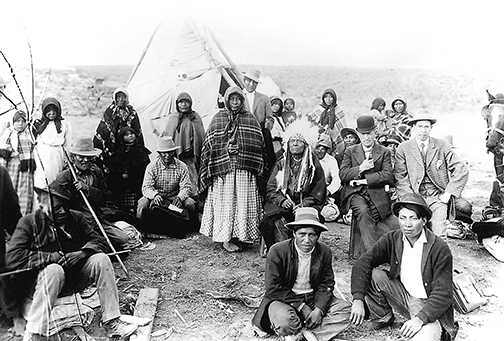
The arrival of European Colonization explorers in the Americas marked a significant turning point in history, leading to the establishment of various colonies and the reshaping of the continent. Key players in this era included the Spanish, French, and English, each with distinct motivations and methods of colonization. The arrival of Europeans in the 15th and 16th centuries set the stage for profound changes. Notable events include:
Spanish Conquistadors:
The Spanish were among the first Europeans to explore and colonize the Southwest region of what is now the United States. Notable figures such as Hernán Cortés and Francisco Pizarro led expeditions that resulted in the conquest of vast territories. The Spanish established missions and settlements, focusing on converting Indigenous peoples to Christianity and exploiting natural resources. The legacy of Spanish colonization is evident in the cultural and architectural influences found in states like New Mexico and California.
French Settlements:
In contrast, the French approach to colonization cantered around trade and alliances with Native American tribes. French explorers like Samuel de Champlain established fur trading posts and formed partnerships with Indigenous peoples, particularly in the Great Lakes region and along the Mississippi River. This focus on trade rather than large-scale settlement allowed the French to maintain relatively peaceful relations with Native Americans compared to other colonial powers.
English Colonies:
The English established their first permanent settlement at Jamestown, Virginia, in 1607, followed by the Pilgrims’ establishment of Plymouth Colony in 1620. These colonies were driven by various motives, including economic opportunity, religious freedom, and the desire for land. The English colonies grew rapidly, leading to conflicts with Indigenous peoples and other European powers.
The Road to Independence

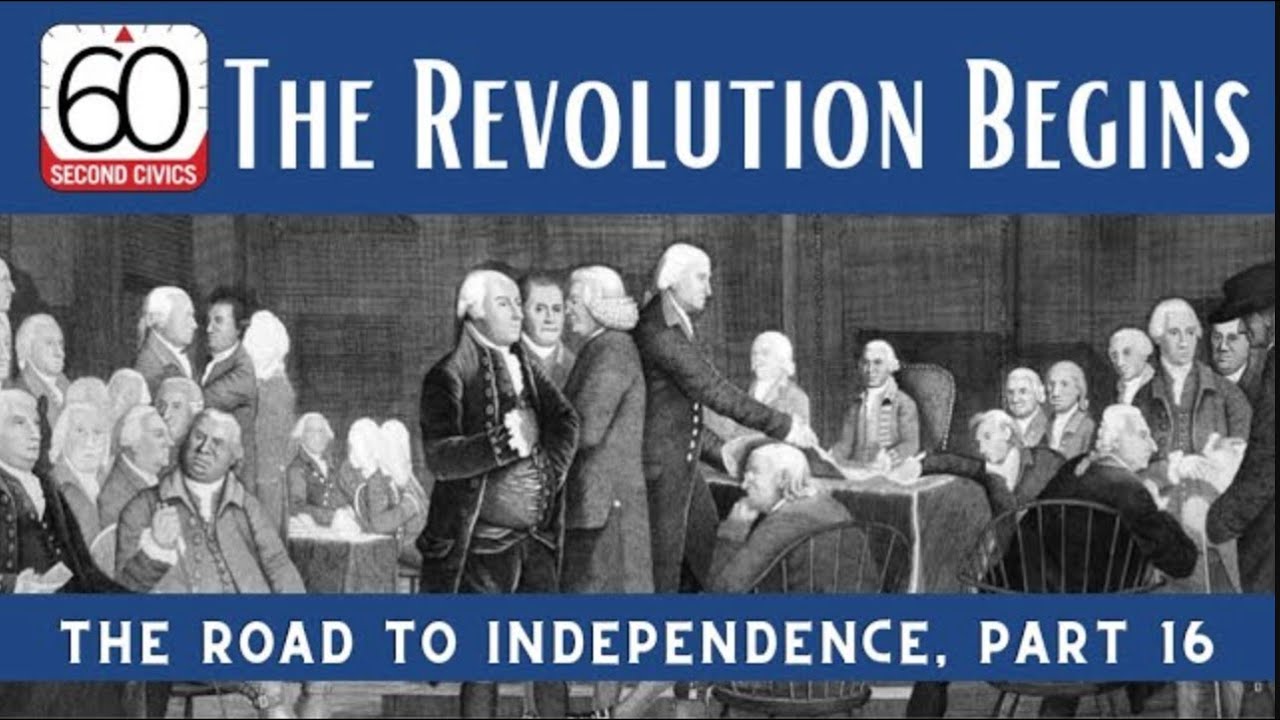
The Road to Independence
As the English colonies flourished, tensions with Britain escalated due to taxation and lack of representation. Key events that fueled the desire for independence included: Tensions with Britain escalated in the 1760s due to taxation without representation, leading to key events such as:
Boston Tea Party (1773):
This act of defiance against British taxation arose when American colonists, frustrated by the Tea Act, boarded British ships and dumped an entire shipment of tea into Boston Harbour. This protest symbolized the growing unrest and desire for self-governance among the colonies.
First Continental Congress (1774):
In response to British policies, representatives from twelve of the thirteen colonies convened to discuss their grievances. This gathering marked a unified response to British rule and laid the groundwork for collective action, ultimately leading to the American Revolution.
Formation of a New Nation:
Following the successful revolution, the newly independent states faced the challenge of creating a functional government. The framers of the Constitution established a system that emphasized the separation of powers and individual liberties.
Key Features:
Separation of Powers:
The U.S. Constitution created three branches of government: Legislative, Executive, and Judicial. This framework was designed to prevent any one branch from becoming too powerful, ensuring a system of checks and balances.
Bill of Rights:
To safeguard individual liberties, the first ten amendments to the Constitution, known as the Bill of Rights, were ratified in 1791. These amendments protect essential freedoms such as speech, religion, and the right to a fair trial, reflecting the values of a democratic society.
Westward Expansion and Manifest Destine

Westward Expansion and Manifest Destine
The 19th century was a trans-formative period for the United States, characterized by westward expansion fueled by the belief in Manifest Destiny – the idea that Americans were destined to expand across the continent.
Louisiana Purchase (1803):
In a monumental land deal, the United States acquired the vast territory of Louisiana from France for $15 million. This purchase effectively doubled the size of the nation, providing access to valuable resources and land for settlement. It paved the way for exploration and expansion into the western frontier.
Oregon Trail:
The Oregon Trail became a major route for settlers heading west in search of new opportunities, particularly in the fertile lands of Oregon. Over the course of several decades, thousands of pioneers traveled this route, facing numerous challenges, including harsh weather and difficult terrain, in hopes of a better life.
California Gold Rush (1849):
The discovery of gold at Sutter’s Mill in 1848 triggered the California Gold Rush, attracting thousands of prospectors and settlers seeking fortune. This massive influx of people led to the rapid growth of towns and cities, significantly impacting California’s economy and demographics.
Civil War and Reconstruction
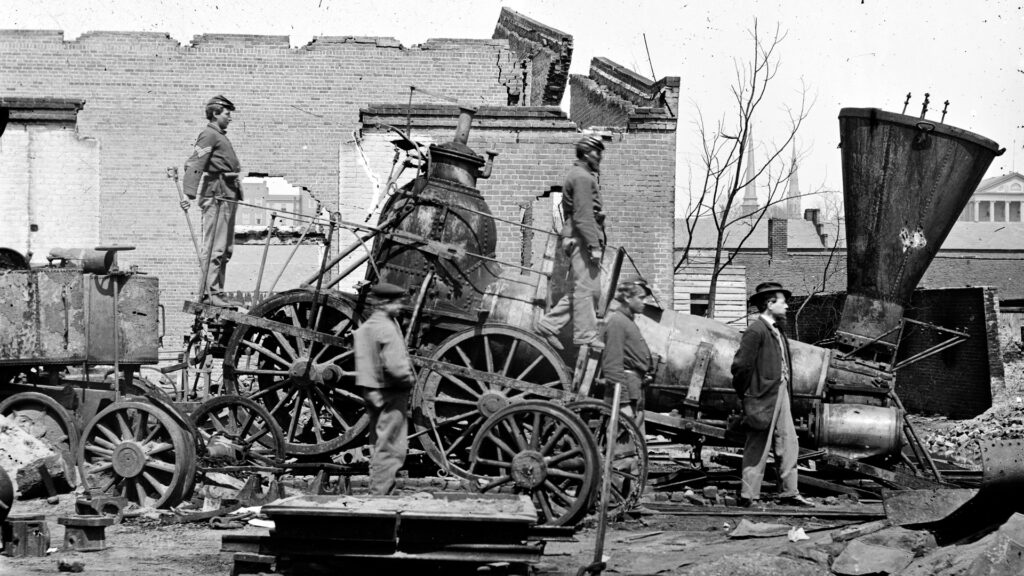

Civil War and Reconstruction
The mid-19th century was marked by the Civil War, a conflict that arose from deep-seated issues related to slavery and states’ rights. The issue of slavery became increasingly contentious, leading to the Civil War (1861-1865). Key events include:
Fort Sumter:
The Civil War began on April 12, 1861, when Confederate forces fired on Fort Sumter in South Carolina. This event marked the start of a brutal conflict that would last four years and result in significant loss of life.
Emancipation Proclamation (1863):
Freed slaves in Confederate states. The war ended with the defeat of the Confederacy and the passage of the 13th 14th and 15th Amendments during the Reconstruction Era which aimed to integrate formerly enslaved people into society.
Industrialization and the Gilded Age:
In a pivotal moment, President Abraham Lincoln issued the Emancipation Proclamation, declaring that all slaves in Confederate states were to be freed. This executive order transformed the Civil War into a struggle for freedom and paved the way for the eventual abolition of slavery.
Labor Movements:
As industries grew, so did the workforce, leading to the rise of labor movements. Workers organized strikes and unions to demand better working conditions, fair wages and reasonable hours. Notable events included the Hay market Affair and the Pullman Strike which highlighted the struggles of the working class.
Immigration:
During this period, millions of immigrants arrived in the United States, contributing to its cultural diversity. Many sought refuge from persecution or economic hardship, bringing with them unique traditions and customs that enriched American society.
Industrialization and the Progressive Era
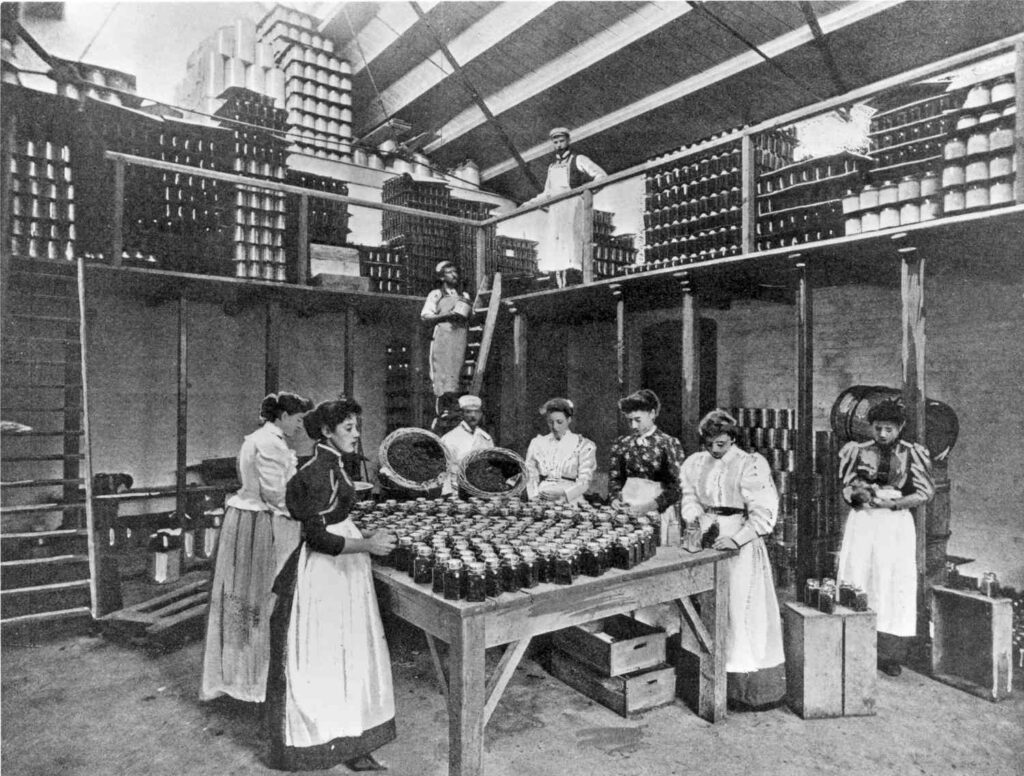

Industrialization and the Progressive Era
The late 19th and early 20th centuries saw rapid industrialization, leading to significant social and economic changes.
Women’s Suffrage:
The fight for women’s right to vote gained momentum in the late 19th century, culminating in the passage of the 19th Amendment in 1920. This victory was the result of decades of activism by suffragists who advocated for gender equality and women’s participation in the democratic process.
Anti-Trust Laws:
As monopolies began to dominate industries, the government responded with anti-trust laws aimed at promoting fair competition. The Sherman Antitrust Act of 1890 was one of the first federal laws to address these concerns, breaking up powerful trusts and ensuring a competitive marketplace.
World Wars and Global Influence


World War and Global Influence
The United States played a crucial role in both World War I and World War II, significantly shaping its position on the global stage.
World War I:
The U.S. Entered World War I in 1917, providing much-needed support to the Allies. American troops played a vital role in turning the tide of the war, leading to an armistice in November 1918. The war marked the U.S.’s emergence as a significant global power.
World War II:
The United States emerged from World War II as a superpower after defeating the Axis powers. The war effort spurred economic growth and technological advancements, leading to a period of prosperity in the post-war years and establishing the U.S. as a leader in international affairs. Post-war, the U.S engaged in the Cold War, a period of geopolitical tension with the Soviet Union, marked by events like the Cuban Missile Crisis.
Civil Rights Movement
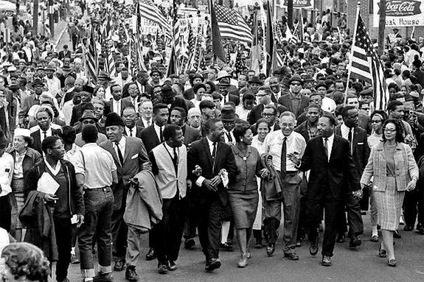

Civil Rights Movement
The 1960s saw the rise of the Civil Rights Movement, which aimed to end racial segregation and discrimination. Key figures included. The mid-20th century was marked by the Civil Rights Movement, which sought to end racial segregation and discrimination.
Martin Luther King Jr.:
A prominent leader in the movement, Martin Luther King Jr. Advocated for nonviolent protest as a means to achieve racial equality. His famous “I Have a Dream” speech during the 1963 March on Washington remains a powerful symbol of the struggle for civil rights.
Malcolm X:
In contrast, Malcolm X promoted Black empowerment and Self-Defence, advocating for a more militant approach to achieving racial justice. His speeches and writings inspired many within the African American community to fight for their rights more assertively. Major achievements included the Civil Rights Act of 1964 and the Voting Rights Act of 1965.
Contemporary America
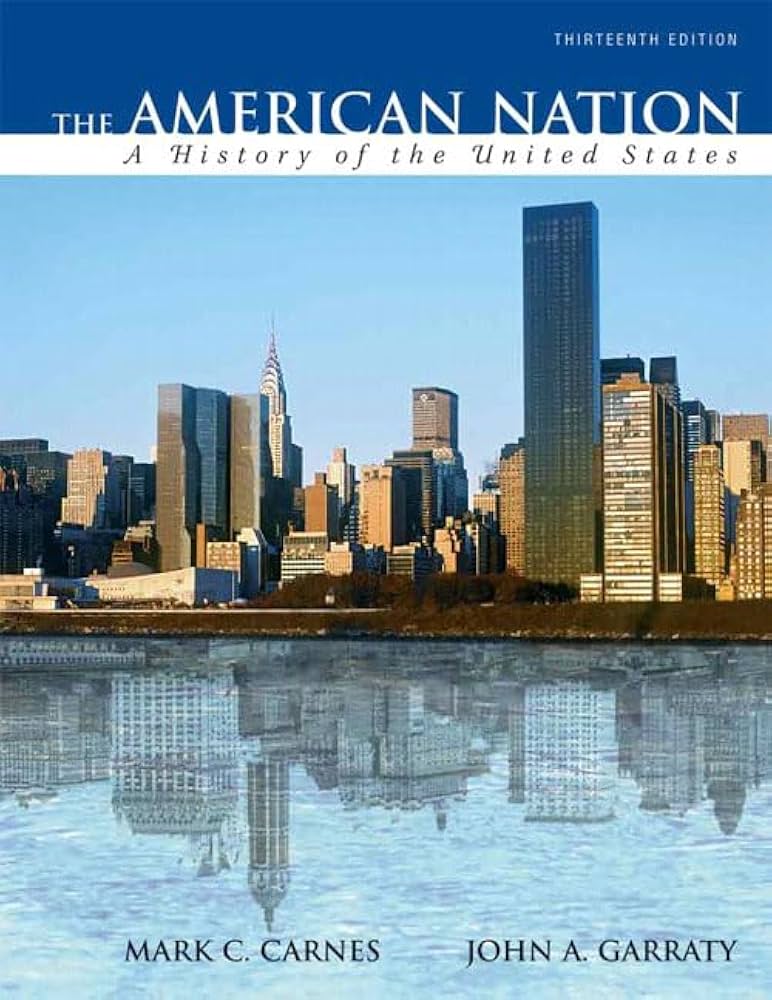
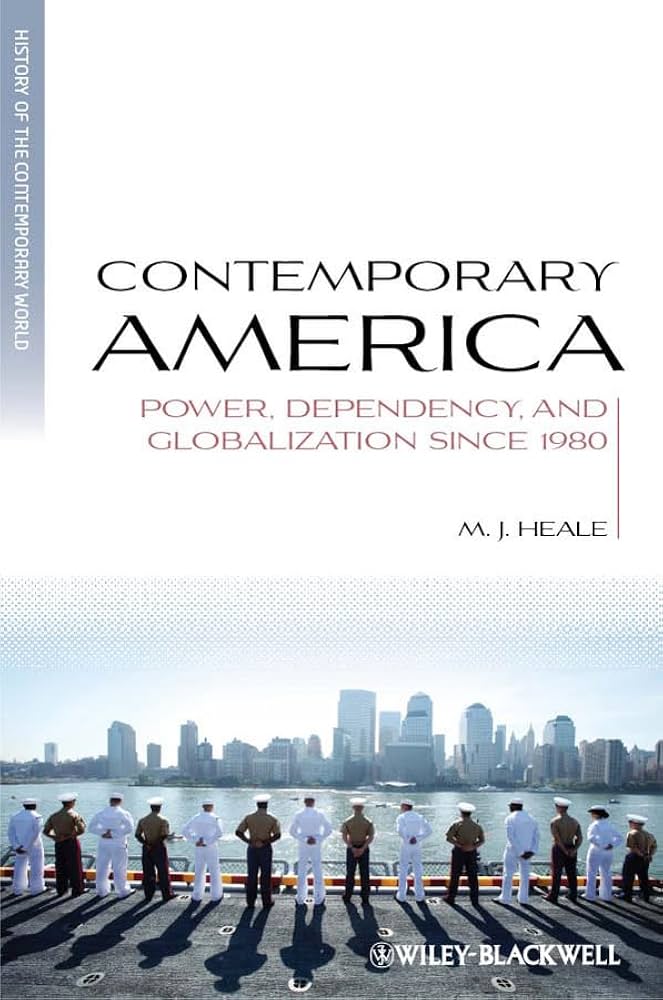
Contemporary America
Entering the 21st century, the U.S. faced new challenges, including. Entering the 21st century, the United States faced new challenges that reshaped its national identity and policies.
Terrorism:
The September 11 attacks in 2001 marked a significant turning point in U.S. History, leading to a revaluation of national security policies and the initiation of the War on Terror. The attacks had profound effects on domestic and foreign policy, impacting civil liberties and international relations.
Social Movements:
On-going struggles for racial equality, LGBTQ+ rights, and climate change awareness have continued to shape American society. Movements such as Black Lives Matter and the fight for marriage equality reflect the nation’s evolving understanding of justice and equality.
Conclusion
The history of the United States is a rich tapestry woven from diverse experiences, struggles, and triumphs. From its early days of exploration and colonization to its emergence as a global superpower, the nation has undergone profound transformations that reflect its core values of freedom, democracy, and resilience.



Nicely summarized. thanks